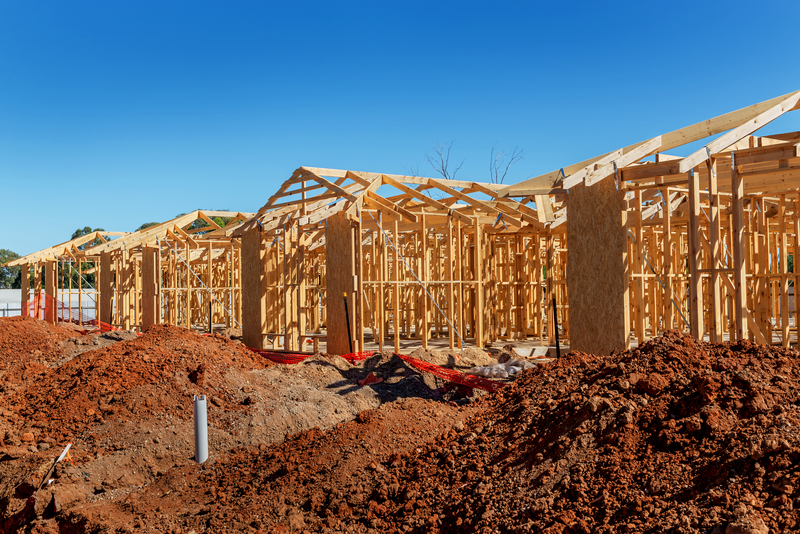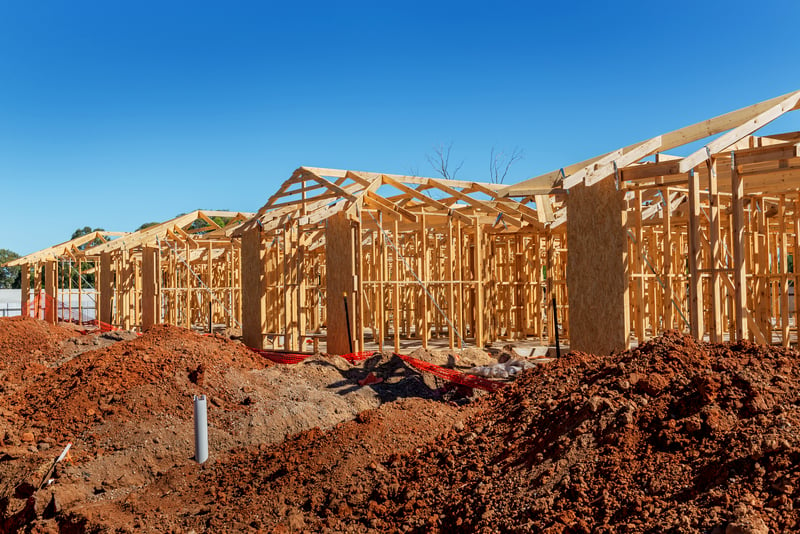
Vice President Kamala Harris recently unveiled a sweeping housing plan aimed at addressing America’s affordability crisis, promising the construction of 3 million new affordable homes and offering $25,000 in down payment assistance to first-time homebuyers.
While the plan sounds like a game-changer for the housing market, especially for younger and lower-income buyers, the execution and potential impacts raise significant concerns—especially in states like New Jersey, the most densely populated in the U.S., where housing issues are already complex and contentious.
Harris’s proposal seeks to tackle the nationwide housing shortage by constructing 3 million new homes within four years, focusing on middle-income affordability. Additionally, it includes a $25,000 subsidy for first-time homebuyers, designed to help them overcome the steep barrier of down payments. The plan also introduces tax incentives to encourage developers to build more “starter homes” and affordable rental units.
Who’s Footing the Bill?
The plan, while ambitious, will come with a hefty price tag, likely running into hundreds of billions of dollars. The exact cost hasn’t been detailed, but funding would presumably come from a mix of federal spending and increased taxes on corporations and the wealthy, as well as potential reallocations of existing housing subsidies. The financial burden on the federal budget could be substantial, especially considering the complexities of passing such a plan through a divided Congress.
There are several reasons to be skeptical about the effectiveness of Harris’s proposal. For starters, merely injecting more money into the housing market, particularly with the $25,000 subsidy, could inadvertently drive up home prices. This would be counterproductive, making homes even less affordable for those the plan intends to help. This concern has been echoed by some critics who argue that without price controls or supply-side measures, demand-side subsidies often lead to price inflation rather than real affordability.
Moreover, New Jersey presents a unique challenge. The state is notorious for its dense population and fierce local opposition to new housing developments. Many towns have been fighting state mandates to increase affordable housing, and the introduction of federal mandates could escalate these tensions. The “Not In My Backyard” (NIMBY) mentality is strong in New Jersey, where residents often oppose new developments that might alter the character of their communities. This resistance could significantly slow down or even halt the construction of new homes, especially in areas that need it the most.
For New Jersey, Harris’s plan might bring more headaches than relief.
With many municipalities already pushing back against state-level affordable housing mandates, a federal push to add even more units could lead to legal battles and gridlock.
Furthermore, the state’s existing infrastructure is already strained; adding a significant number of new housing units without substantial upgrades to roads, schools, and utilities could exacerbate these issues.
In short, while Harris’s plan is bold and addresses a critical issue, its success is far from guaranteed.
The financial burden, potential for rising home prices, and resistance in key states like New Jersey could all undermine its effectiveness. Whether this initiative will truly make homeownership more accessible or simply add to the complexity of America’s housing crisis remains to be seen

